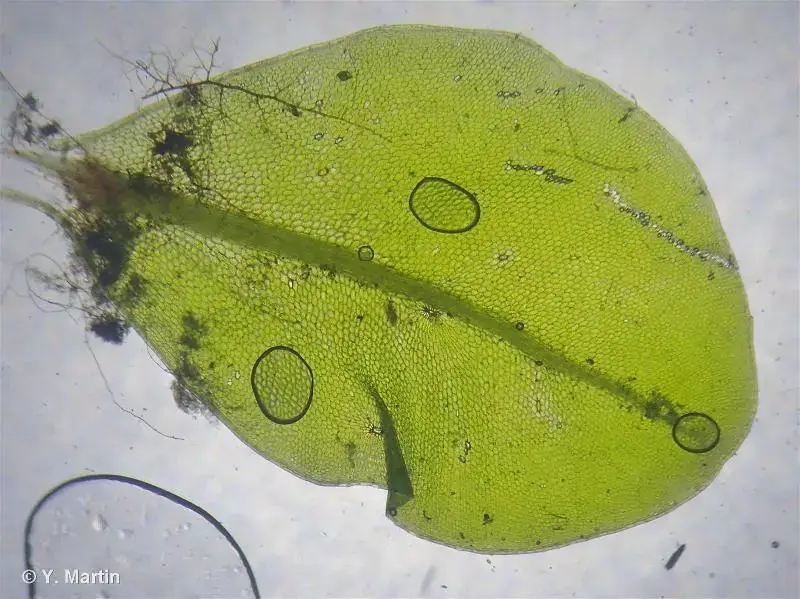
382130.jpg from: https://inpn.mnhn.fr/espece/cd_nom/4950
Exploring the Magnificent Moss: Rhizomnium magnifolium
Introduction
Mosses are often overlooked, but they play a vital role in many ecosystems around the world. One particularly fascinating species is Rhizomnium magnifolium (Horik.) T.J.Kop., also known simply as Rhizomnium. This moss, belonging to the Mniaceae family, has some unique characteristics that make it stand out. In this blog post, we’ll dive into the details of this marvelous moss.
Background on Mosses
Before we get into the specifics of Rhizomnium magnifolium, let’s briefly cover some background on mosses in general. Mosses are non-vascular plants in the division Bryophyta
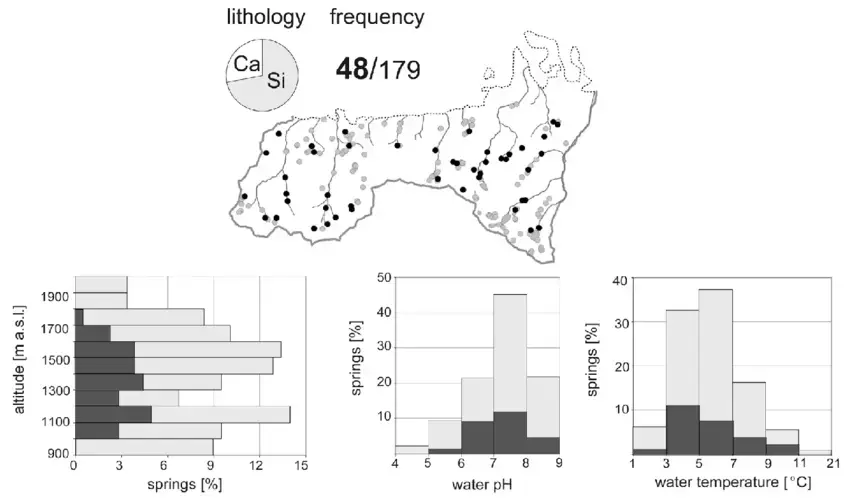
The-distribution-and-habitat-range-of-Rhizomnium-magnifolium-Horik-T-J-Kop-in-the.png from: https://www.researchgate.net/figure/The-distribution-and-habitat-range-of-Rhizomnium-magnifolium-Horik-T-J-Kop-in-the_fig15_276465482
. They lack true roots, stems, and leaves, instead having structures that serve similar functions. Mosses reproduce via spores rather than seeds and are found in a wide range of habitats worldwide.
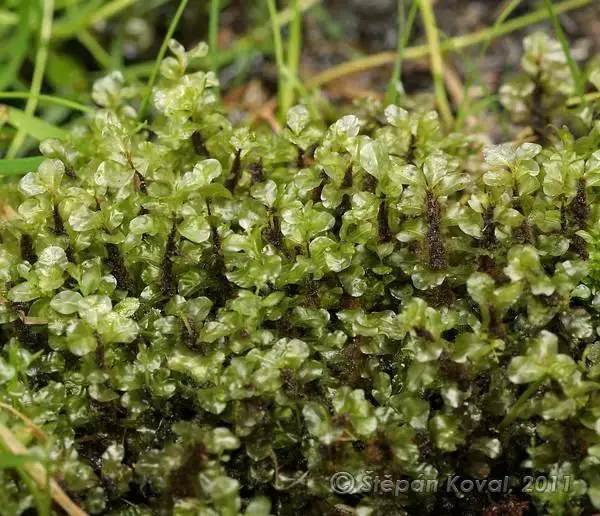
627_Rhizomnium_magnifolium_2011_08_14_img_2534.jpg from: https://www.bryo.cz/index.php?p=mechorosty_foto&site=default&gallery=rhizomnium_magnifolium&id=627
Morphology and Identification
Rhizomnium magnifolium is a relatively large moss, with shoots reaching 3-10 cm tall. The leaves are obovate to oblong-obovate in shape and have a
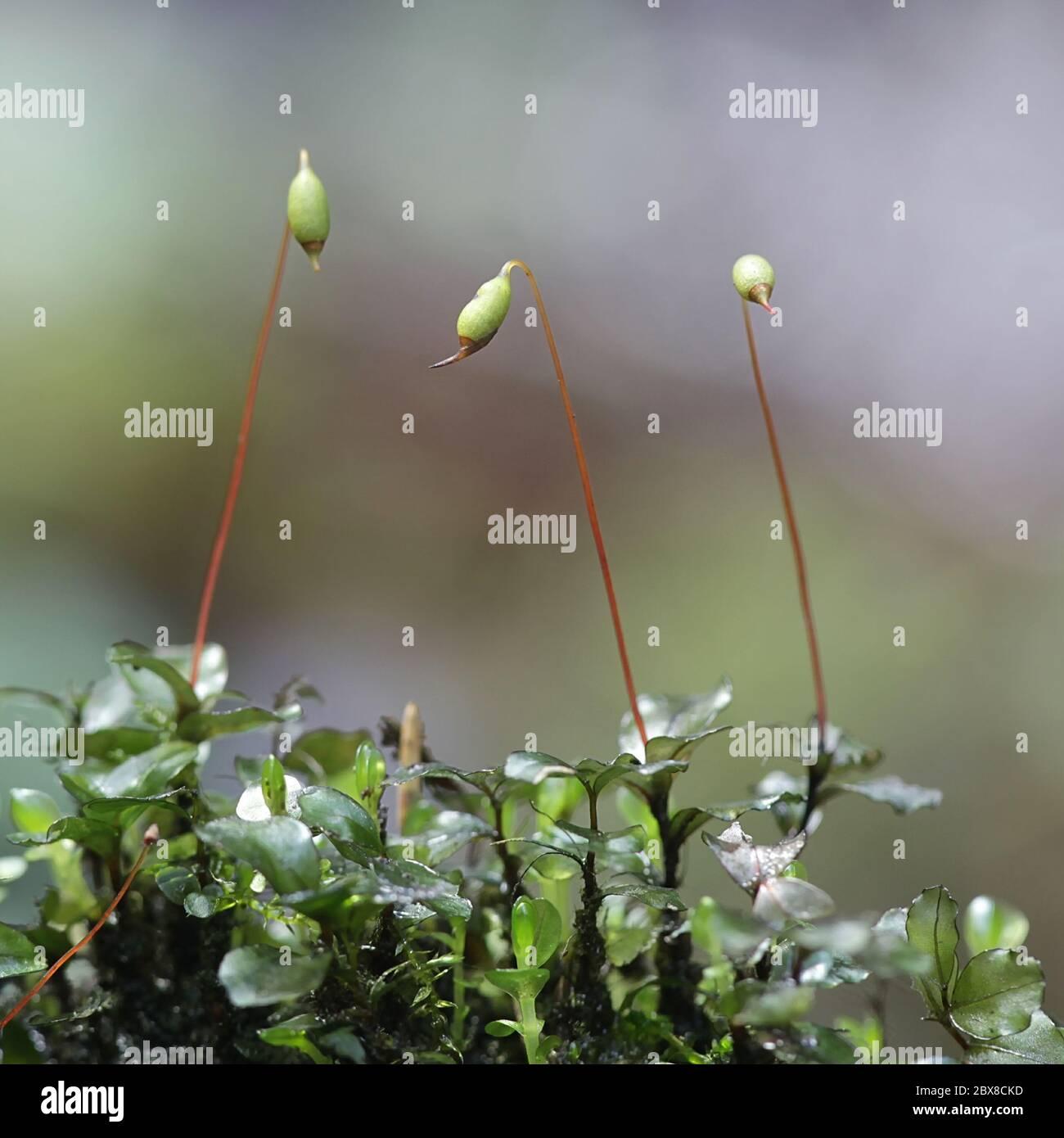
rhizomnium-magnifolium-a-leafy-moss-with-spore-capsules-in-the-family-mniaceae-2BX8CKD.jpg from: https://www.alamy.com/rhizomnium-magnifolium-a-leafy-moss-with-spore-capsules-in-the-family-mniaceae-image360373985.html
distinct border of elongated cells. The leaf margins are entire to slightly toothed near the apex
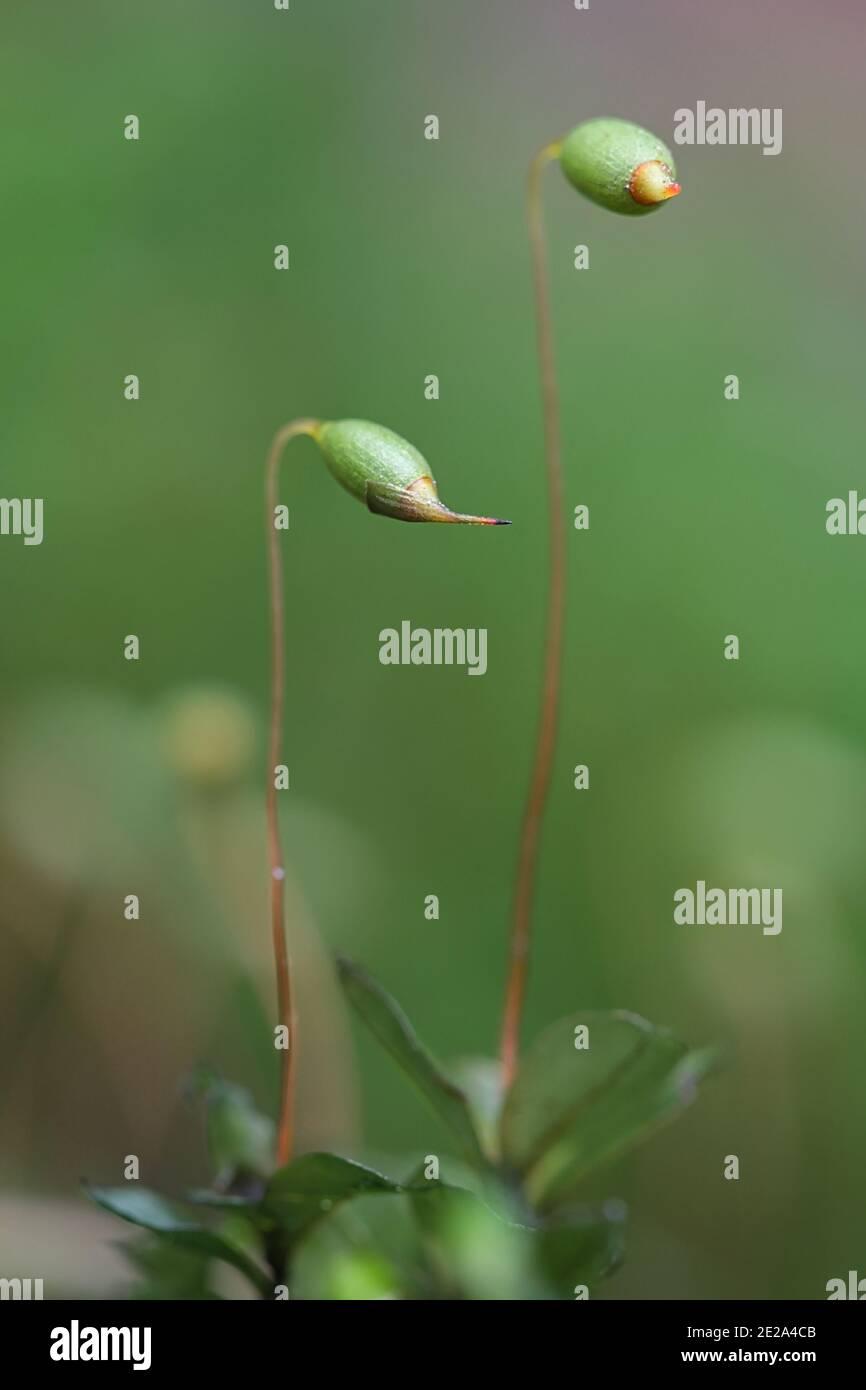
rhizomnium-magnifolium-spore-capsules-of-a-leafy-moss-in-the-family-mniaceae-2E2A4CB.jpg from: https://www.alamy.com/rhizomnium-magnifolium-spore-capsules-of-a-leafy-moss-in-the-family-mniaceae-image397290779.html
. Rhizomnium is
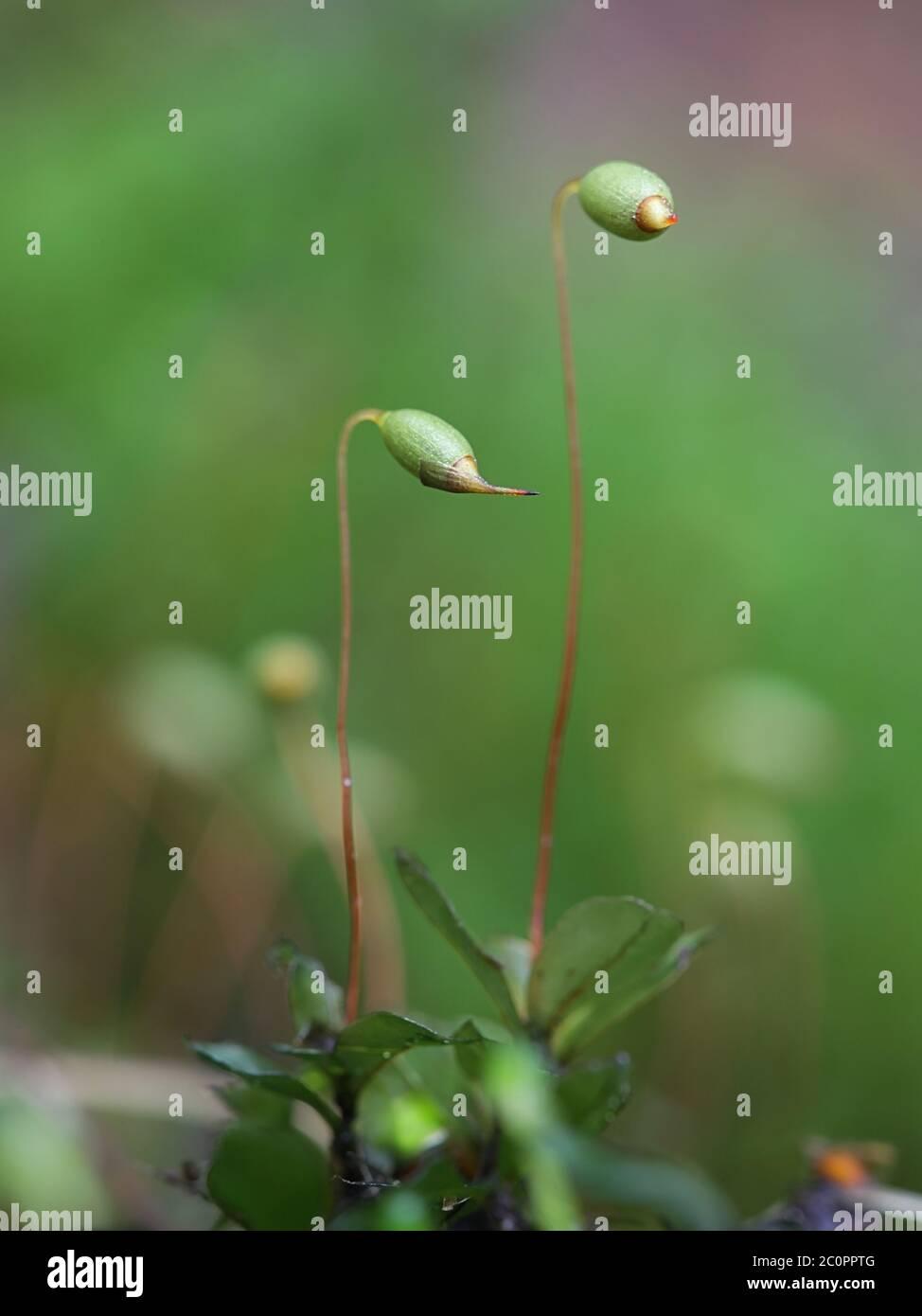
rhizomnium-magnifolium-spore-capsules-of-a-leafy-moss-in-the-family-mniaceae-2C0PPTG.jpg from: https://www.alamy.com/rhizomnium-magnifolium-spore-capsules-of-a-leafy-moss-in-the-family-mniaceae-image361918608.html
dioicous, meaning male and female reproductive structures are on separate plants.
One key identifying feature of R. magnifolium is the presence of rhizoids, root-like structures, on the stem. These rhizoids help anchor the moss to its substrate and absorb water and nutrients. The seta (stalk bearing the capsule) is 1-4 cm long and reddish-brown in color. Capsules are inclined to pendulous and cylindrical
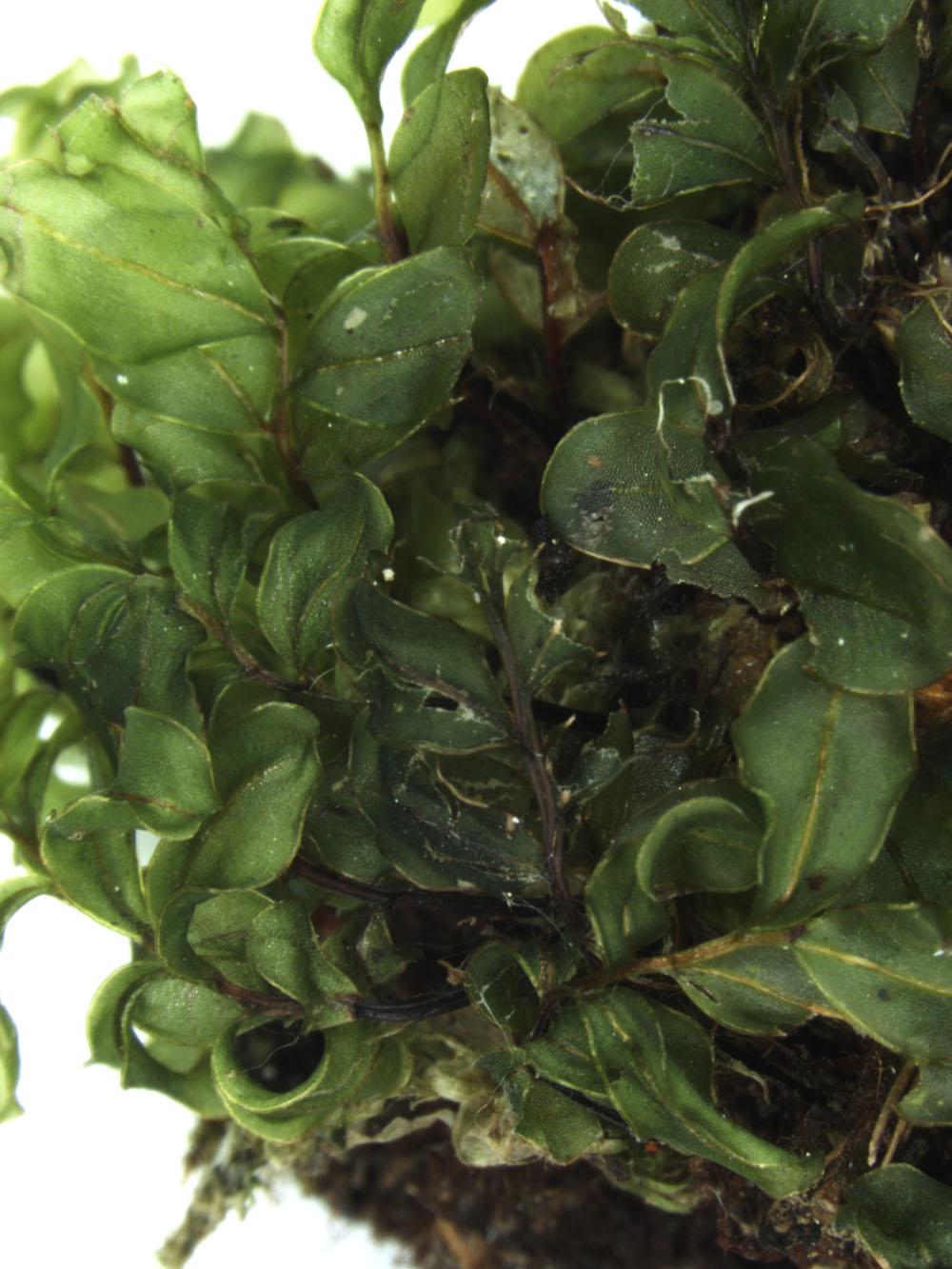
macro1.jpg from: https://blogs.ubc.ca/biology321/?page_id=514
.
Global Distribution and Habitat
Rhizomnium magnifolium has a wide distribution, being found in North America, Europe, and Asia. It typically grows in moist, shaded habitats such as forests, stream banks, and wet meadows. This moss prefers acidic to neutral substrates like
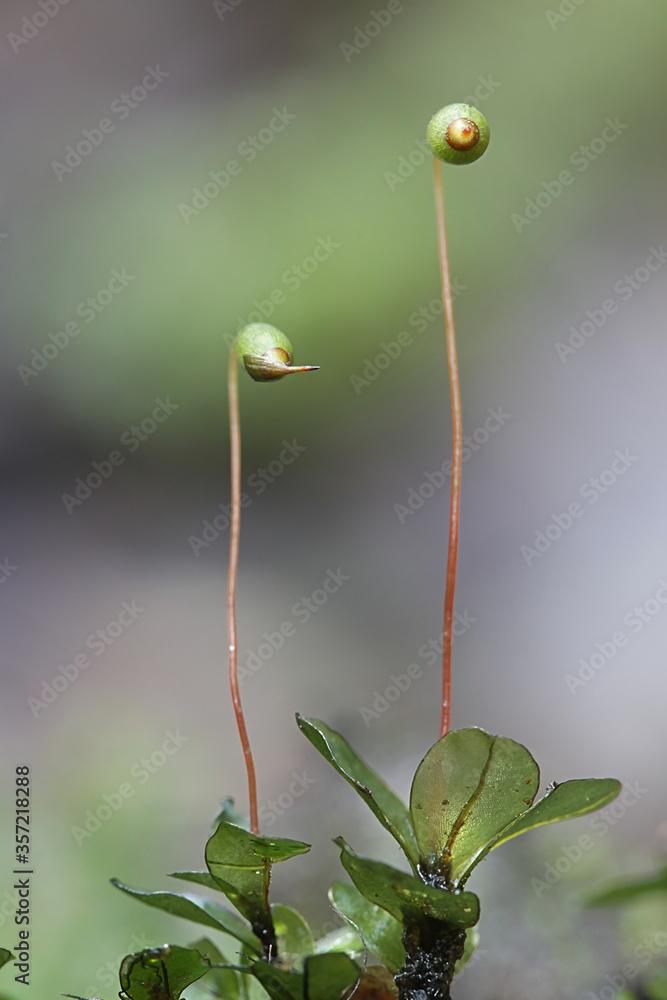
1000_F_357218288_d34wguqdrIt8RIyrGPfcVLhHmrALzcyS.jpg from: https://stock.adobe.com/images/rhizomnium-magnifolium-a-leafy-moss-with-spore-capsules-in-the-family-mniaceae/357218288
soil, humus, rocks, and decaying wood.
In North America, R. magnifolium is found across Canada, the northern United States, and south in the mountains to North Carolina. In Europe, it ranges from Scandinavia and the British Isles south to the Alps. Its Asian distribution extends from Siberia to Japan.
Ecological Roles and Adaptations
Like many mosses, Rhizomnium magnifolium plays important ecological roles. It helps retain moisture in its environment, reduces soil erosion, and provides habitat for micro-organisms and small invertebrates. Mosses are also important in nutrient cycling, as they absorb nutrients from rainwater and release them back slowly.
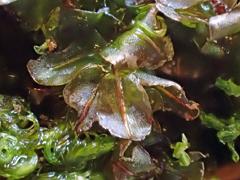
rhizomnium_magnifolium_small.jpg from: https://www.wnmu.edu/academic/nspages/gilaflora/rhizomnium_magnifolium.html
R. magnifolium has several adaptations that allow it to thrive in its preferred habitats. Its rhizoids help it cling to substrates and absorb water and nutrients efficiently. The border of elongated cells on the leaves may aid in water retention and structural support. As a dioicous species, R. magnifolium promotes outcrossing, which can increase genetic diversity.
Conclusion
Rhizomnium magnifolium is a prime example of how even small, often unnoticed organisms like mosses can have fascinating traits and play vital ecological roles. Its unique morphology, wide distribution, and important environmental functions make it a standout in the world of bryophytes. Next time you’re out in nature, take a closer look – you might just spot some magnificent Rhizomnium! What other overlooked organisms in your area have surprising characteristics or importance?
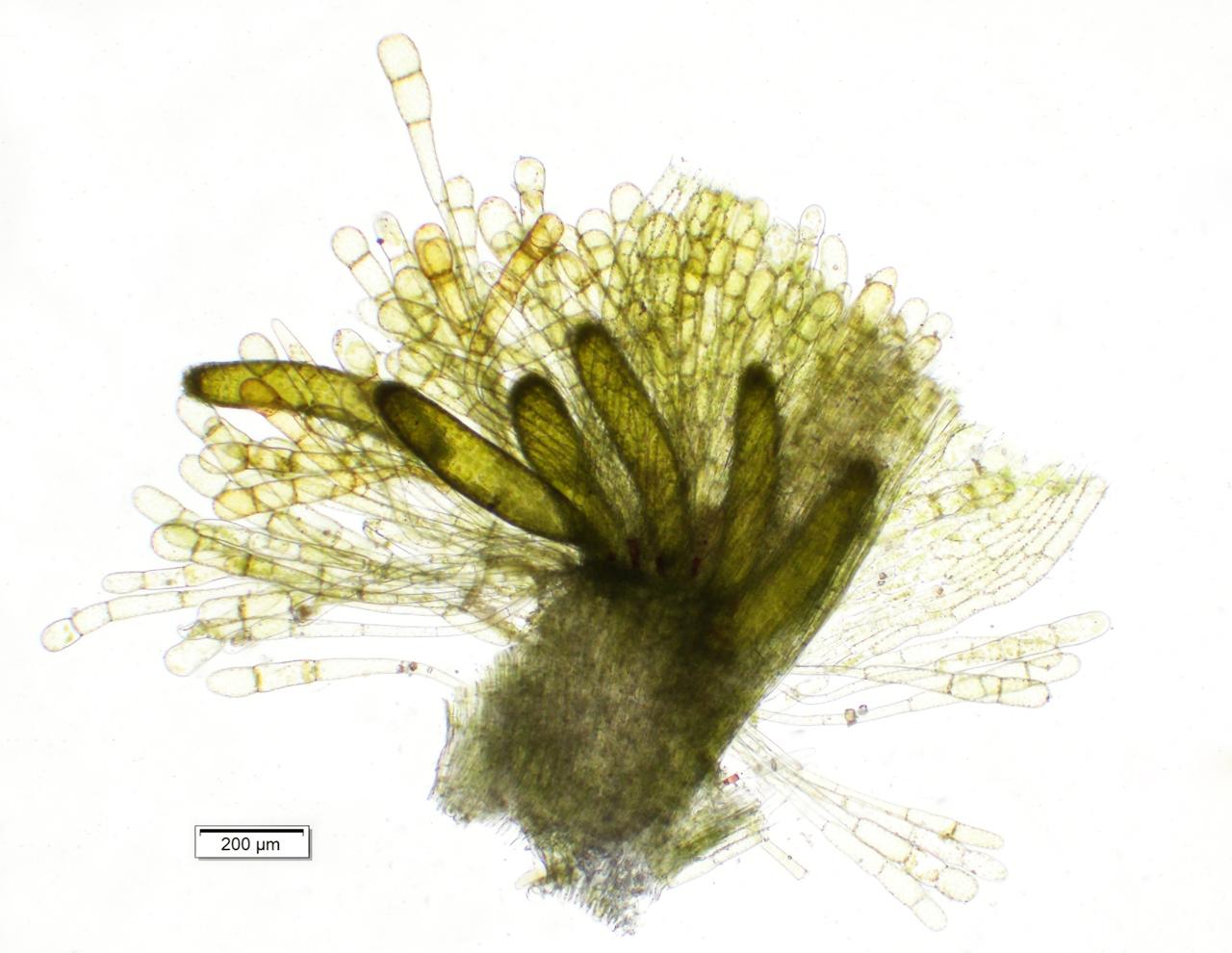
r_magnifolium3.jpg from: https://www.wnmu.edu/academic/nspages/gilaflora/rhizomnium_magnifolium_gila.html